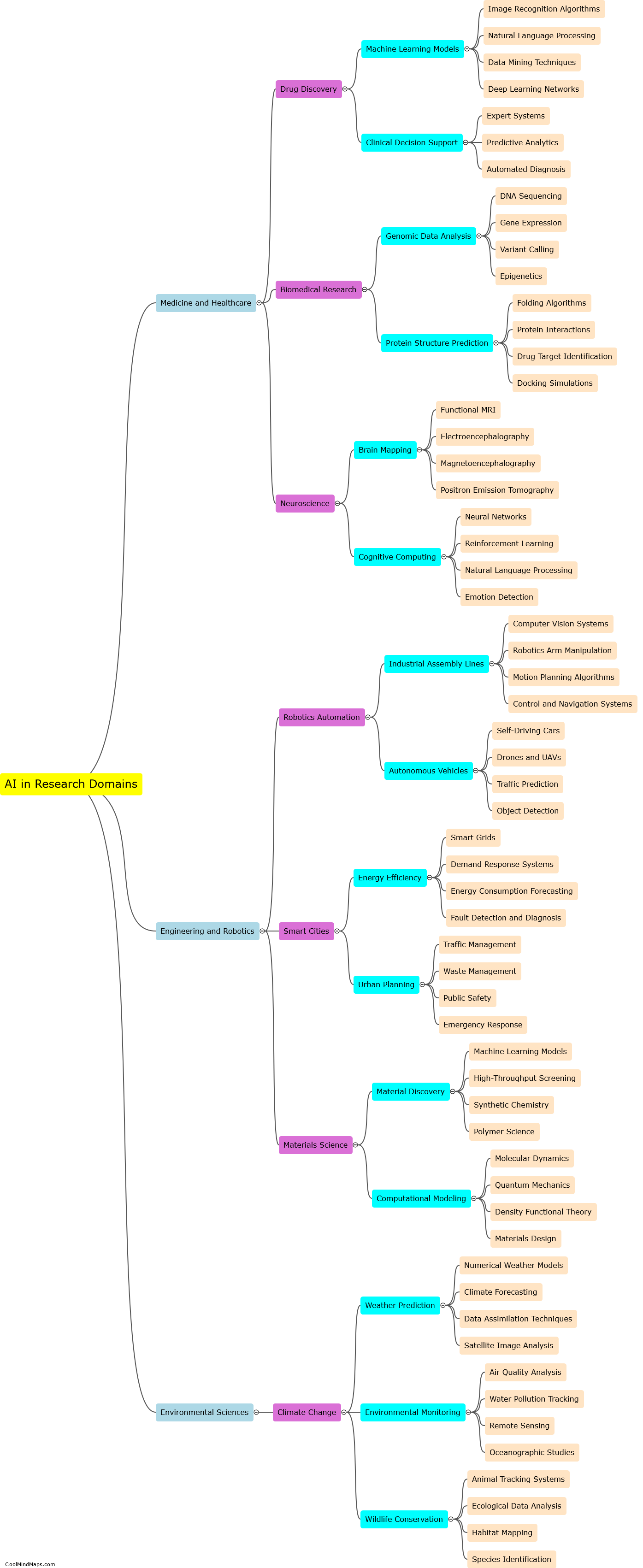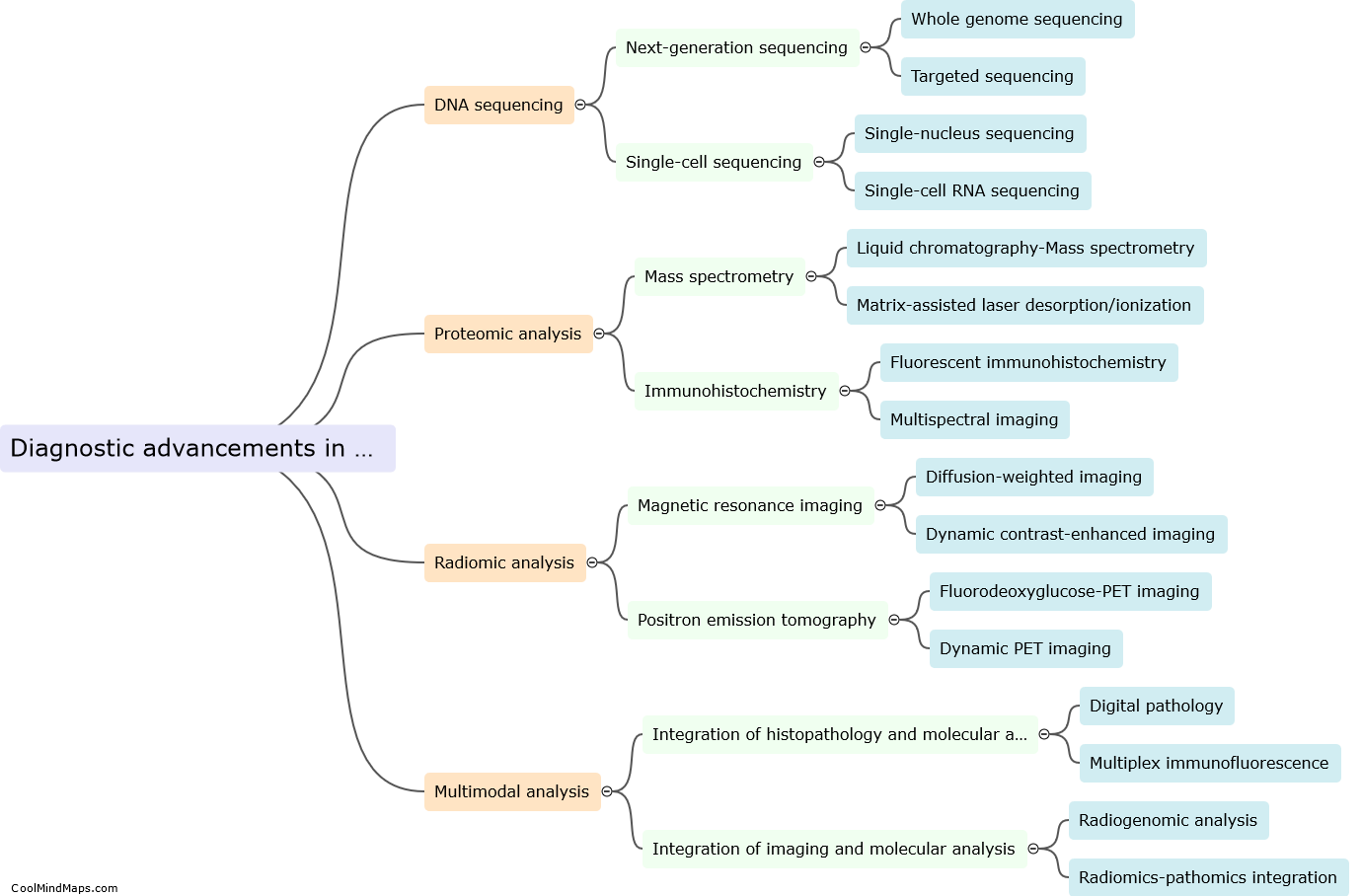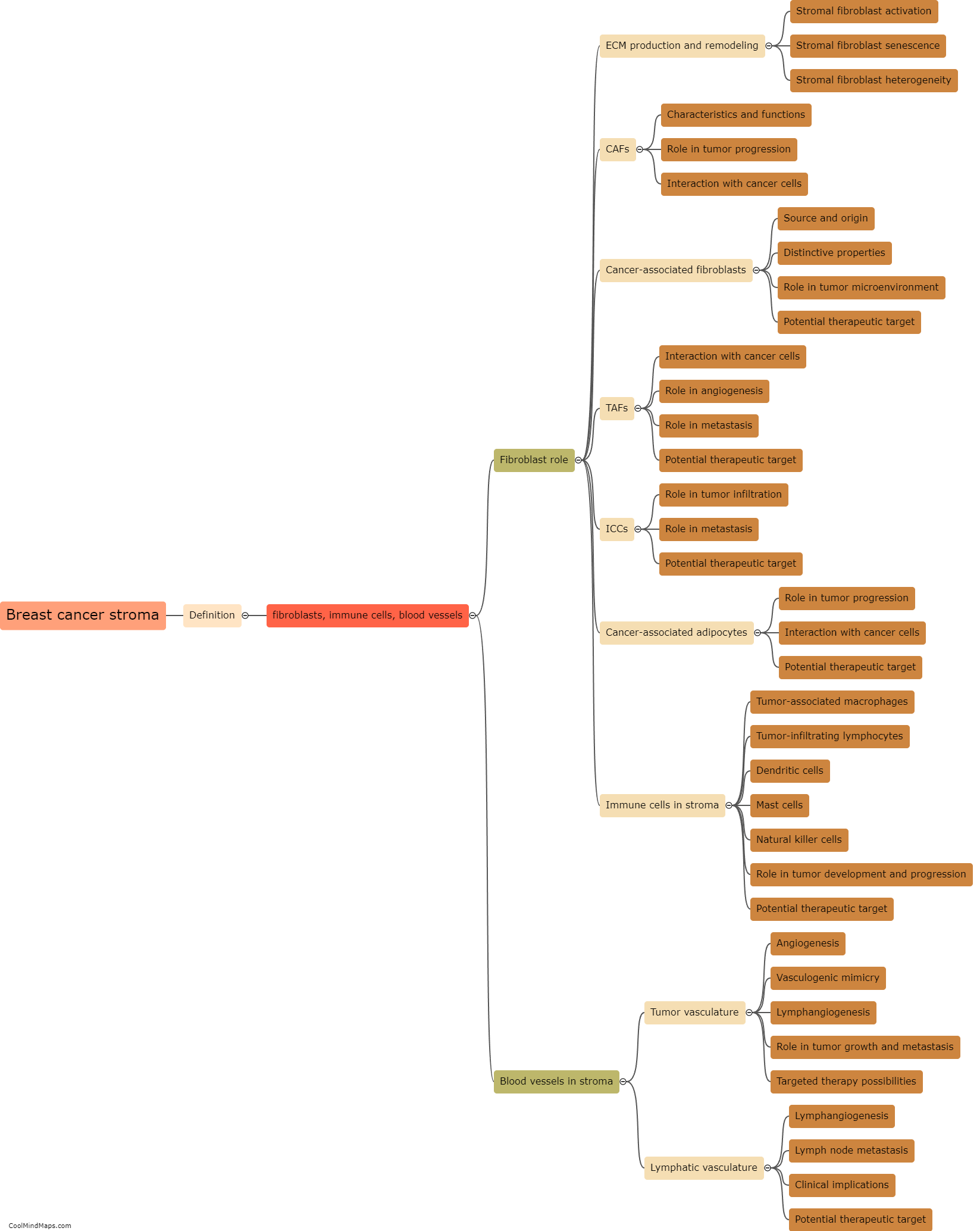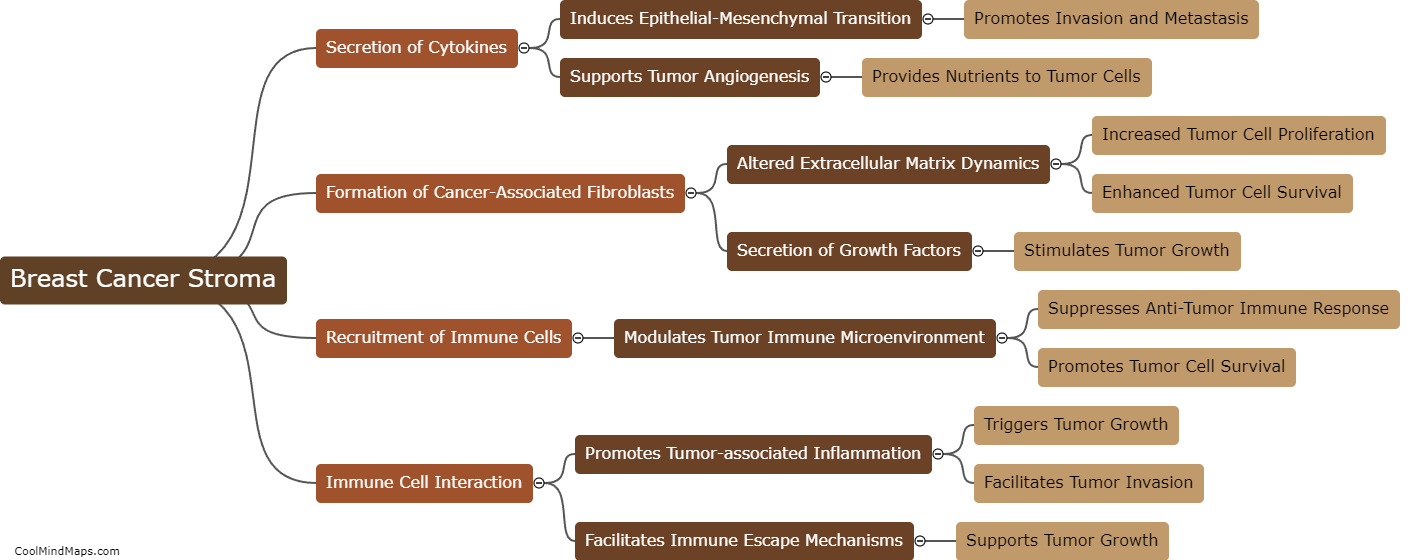How can breast cancer stroma be targeted for effective treatment?
Breast cancer stroma refers to the surrounding tissue, including the extracellular matrix and cells, that support the growth and development of breast cancer. Recent research has shown that targeting the breast cancer stroma can be an effective approach for treatment. One strategy is to disrupt the interaction between cancer cells and stromal cells using specific inhibitors. This can prevent the stroma from sending signals that promote cancer cell growth and invasion. Additionally, targeting the extracellular matrix, which provides structural support to the stroma, can inhibit the spread of cancer cells. Another approach is to modulate the immune response within the stroma to enhance the body's natural defenses against the tumor. By identifying and targeting specific components of the breast cancer stroma, it is possible to develop more effective treatments that can suppress tumor growth and improve patient outcomes.
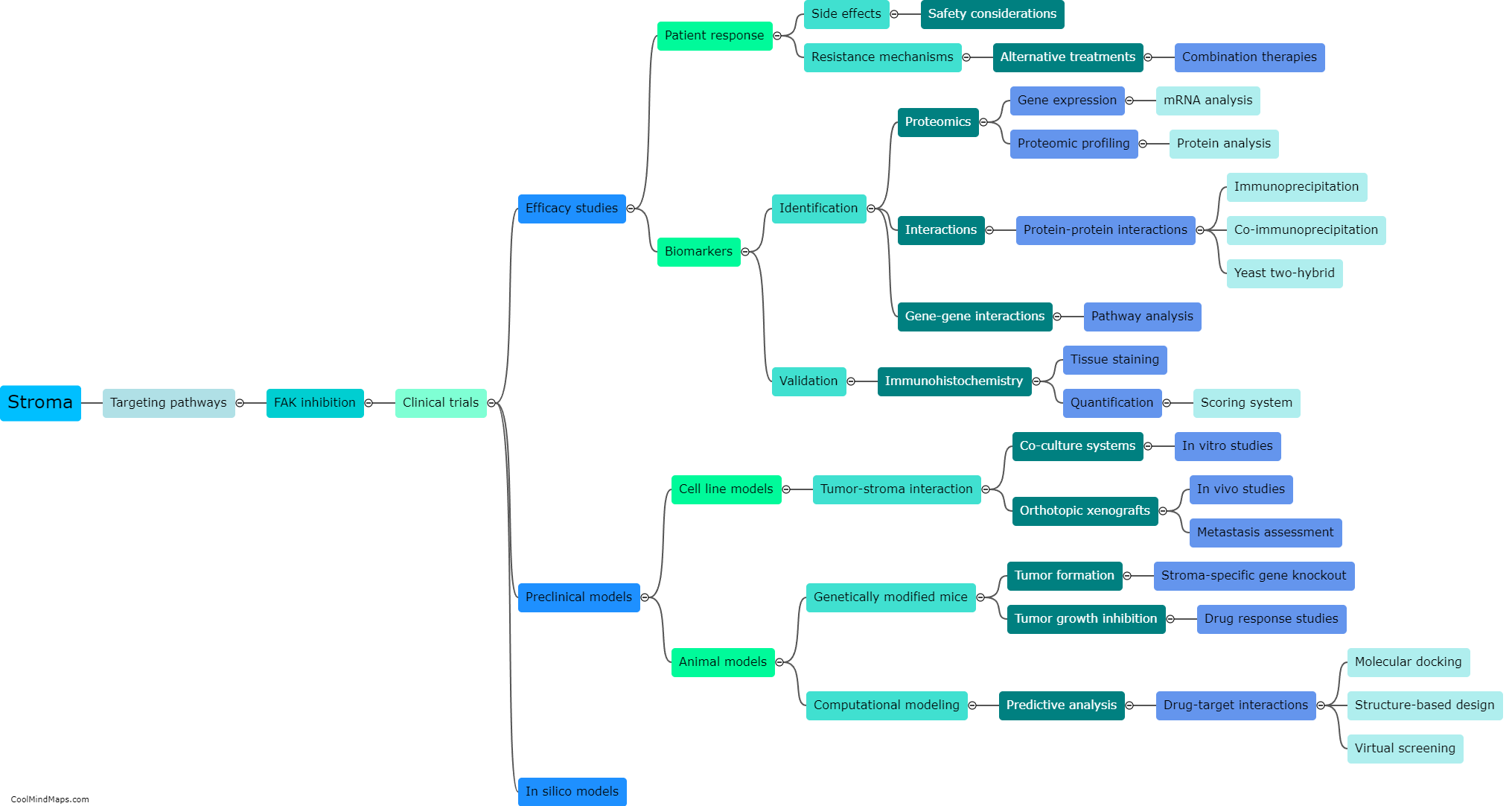
This mind map was published on 5 December 2023 and has been viewed 81 times.
